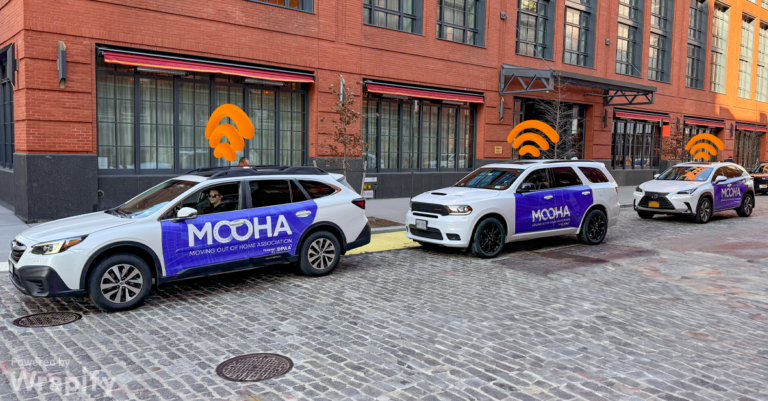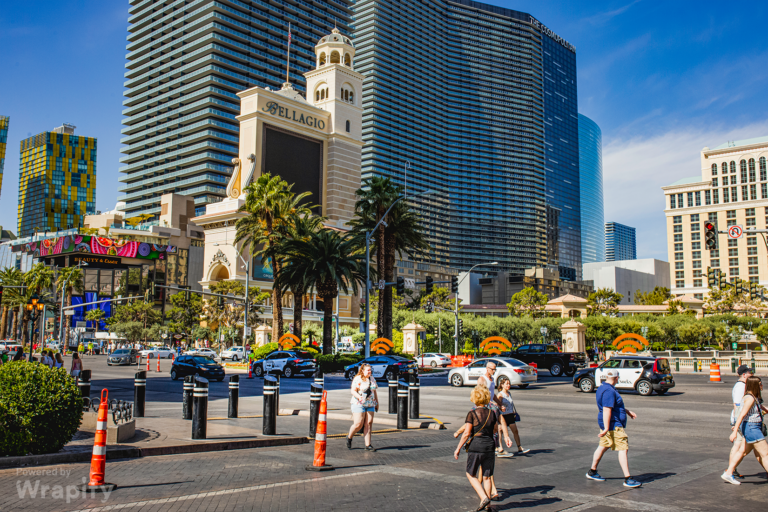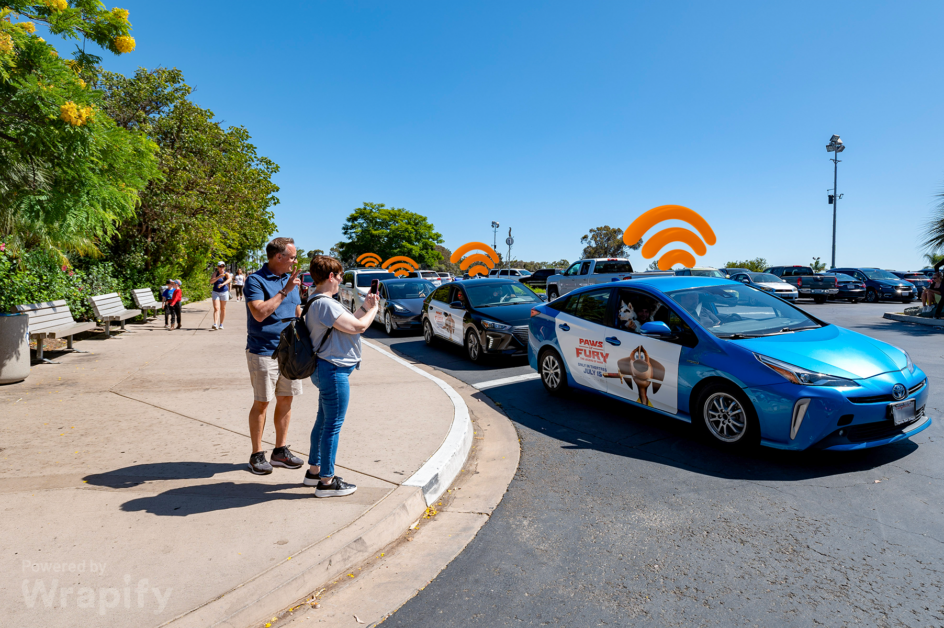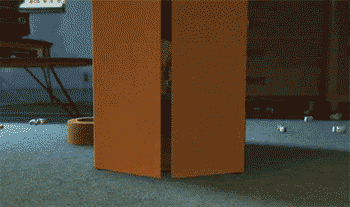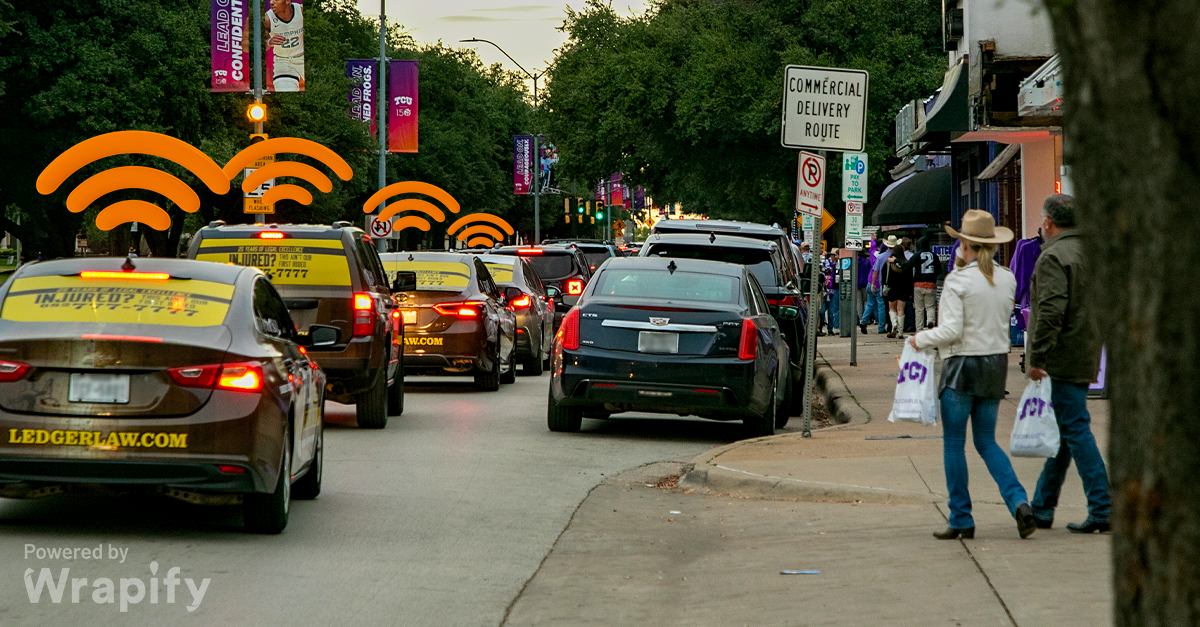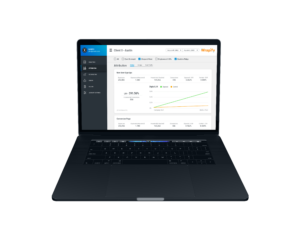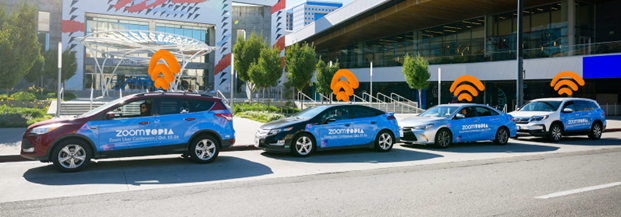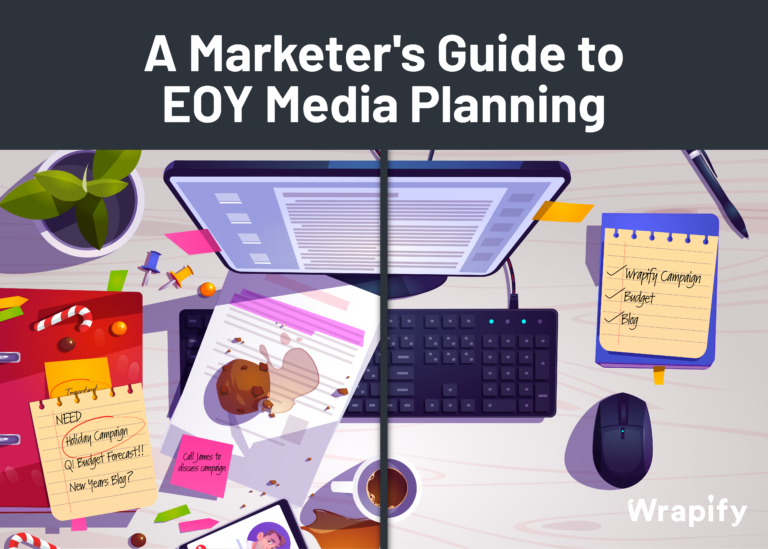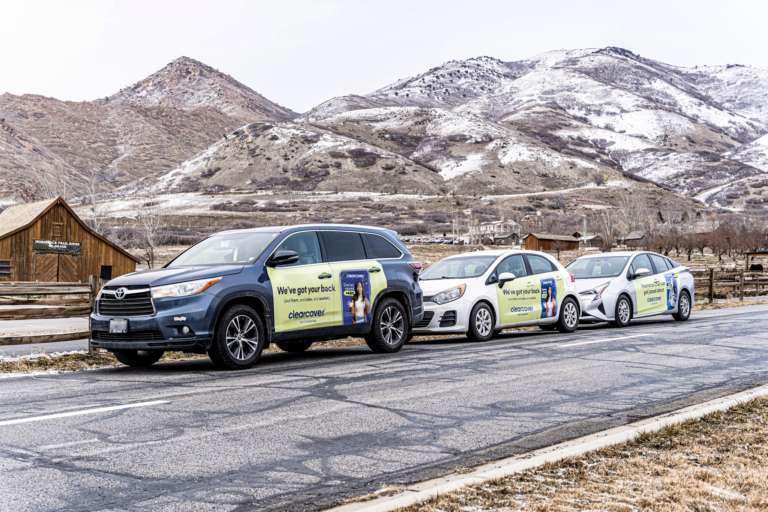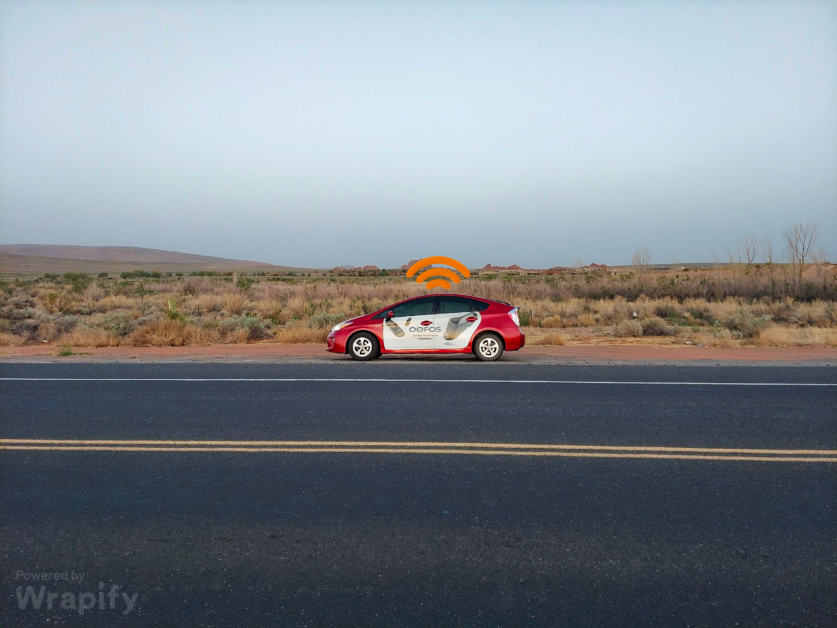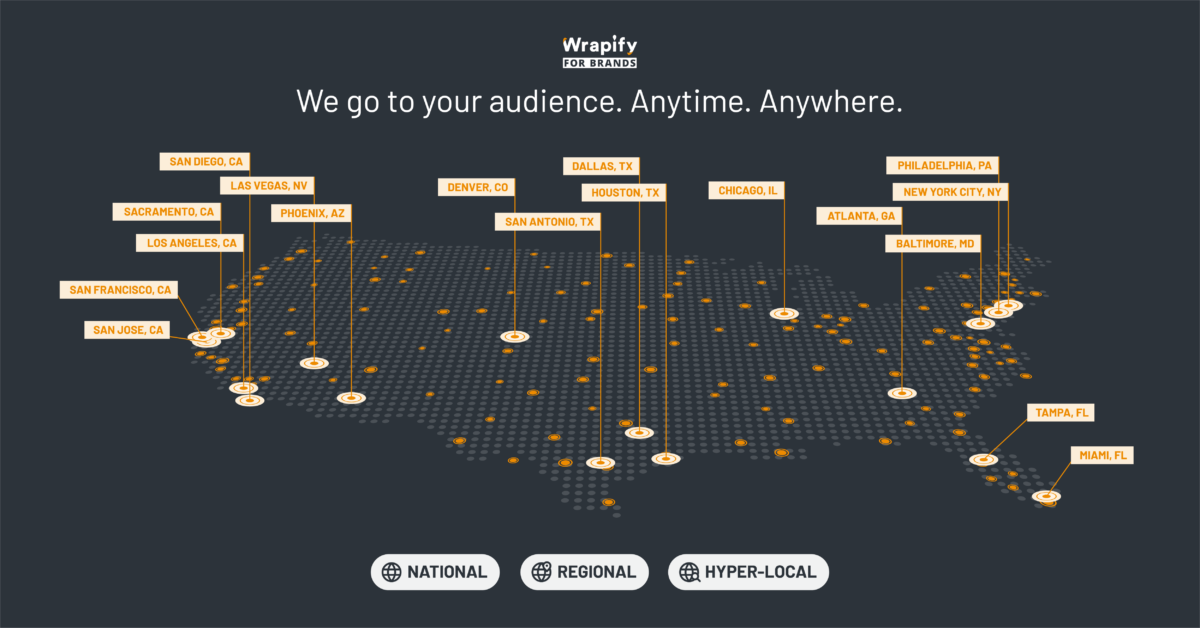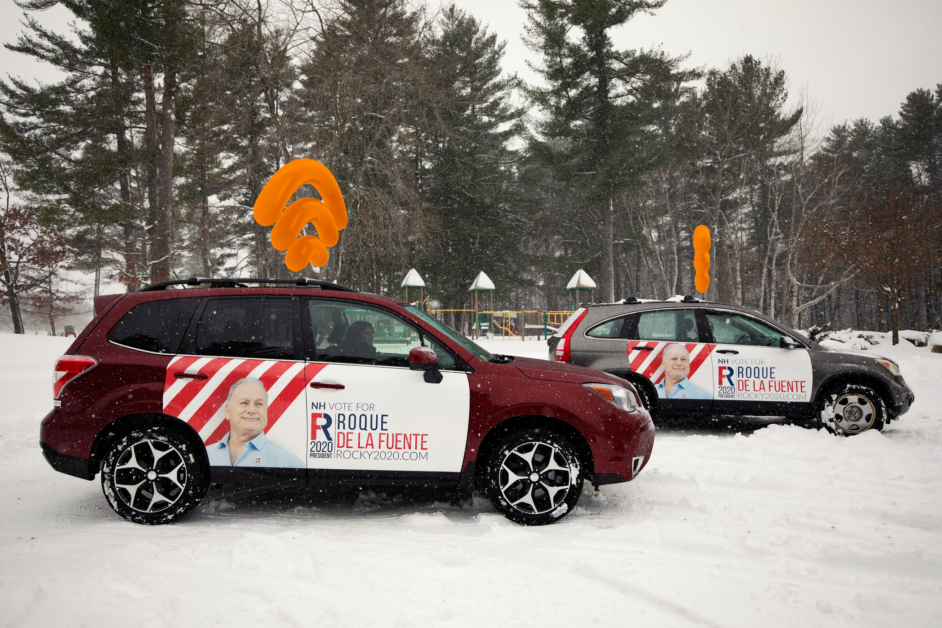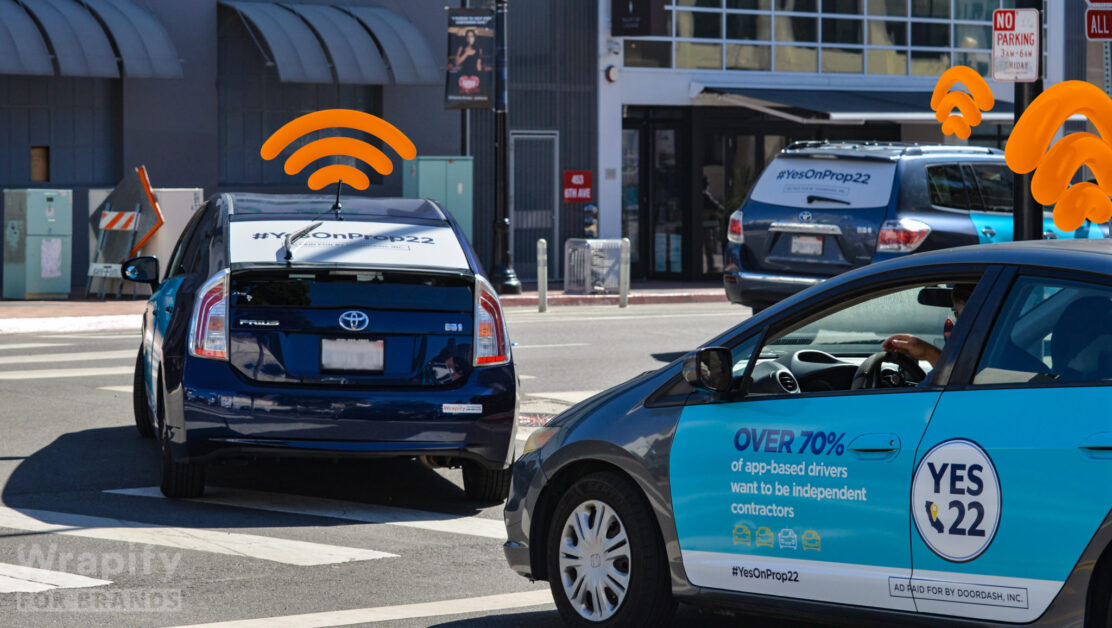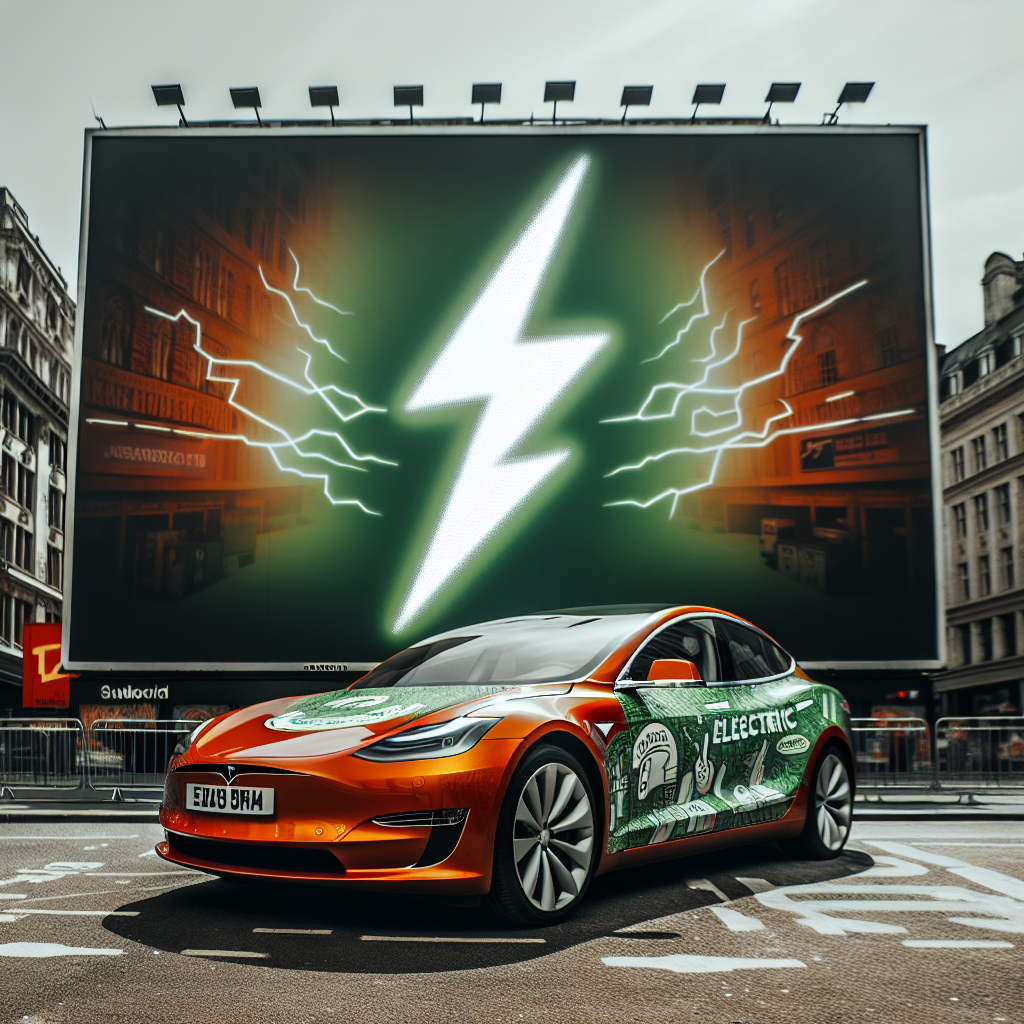
On the Surface
In today’s fast-paced digital landscape, capturing consumer attention requires more than just traditional advertising methods. Brands are increasingly turning to out-of-home and experiential advertising to create memorable experiences and enhance brand engagement. It’s easy to get lost in the noise; we’re here to guide you through.
By leveraging innovative consumer engagement strategies, companies are finding new ways to connect with their audience. These creative approaches not only disrupt the usual advertising noise but also foster connections that resonate with consumers long after the initial interaction. Let’s dive into how these cutting-edge techniques are revolutionizing the advertising industry and offering exciting opportunities for brands to stand out.
Out-of-home (OOH) advertising is evolving rapidly, embracing technology and creativity to capture consumer attention in increasingly innovative ways. Let’s explore how brands are leveraging OOH to create engaging experiences in public spaces.
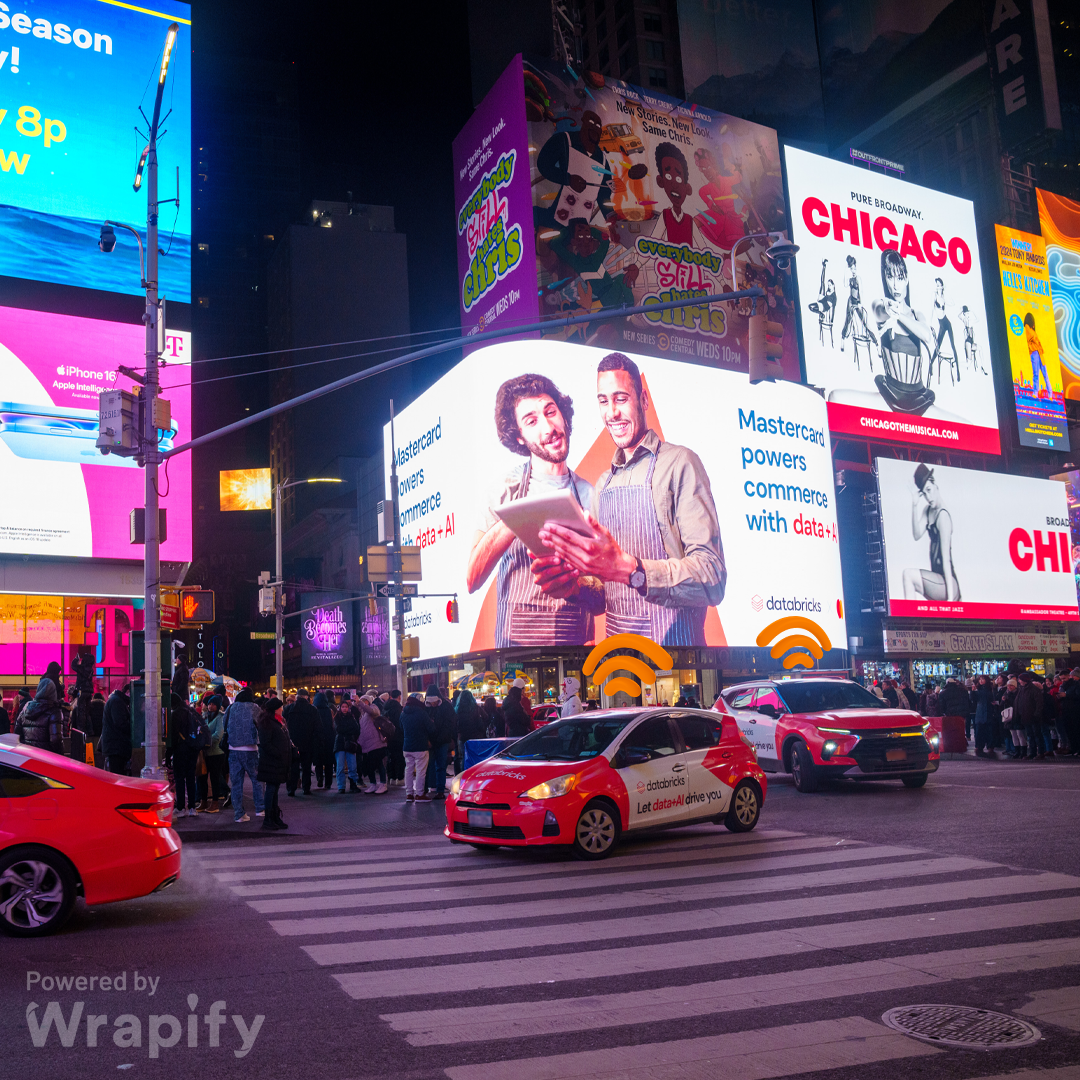
The Art of Disruption
-
If you’re doing what they’re doing this will NEVER work. To disrupt, you need to be original.
-
Using one medium alone makes your work 20x harder. Introducing variety into your marketing strategy will help get your brand noticed.
-
There’s such a thing as a bad disruption – this is where your digital channels often fit.
-
If you think you’re doing to much… DO MORE!
-
You know your brand better than anyone. Do what makes sense for your brand.
Successful disruptive ads often incorporate elements of gamification or even sensory experiences. For example, a sportswear brand might have billboards and rideshare ads near a busy train station and elevate the transit ad by setting up a virtual reality running experience in said train station, allowing commuters to “test” their latest shoe technology in an engaging, memorable way. Take this example and think of ways your brand can do something impactful. Don’t be afraid to test things out on a smaller scale before you go all in.
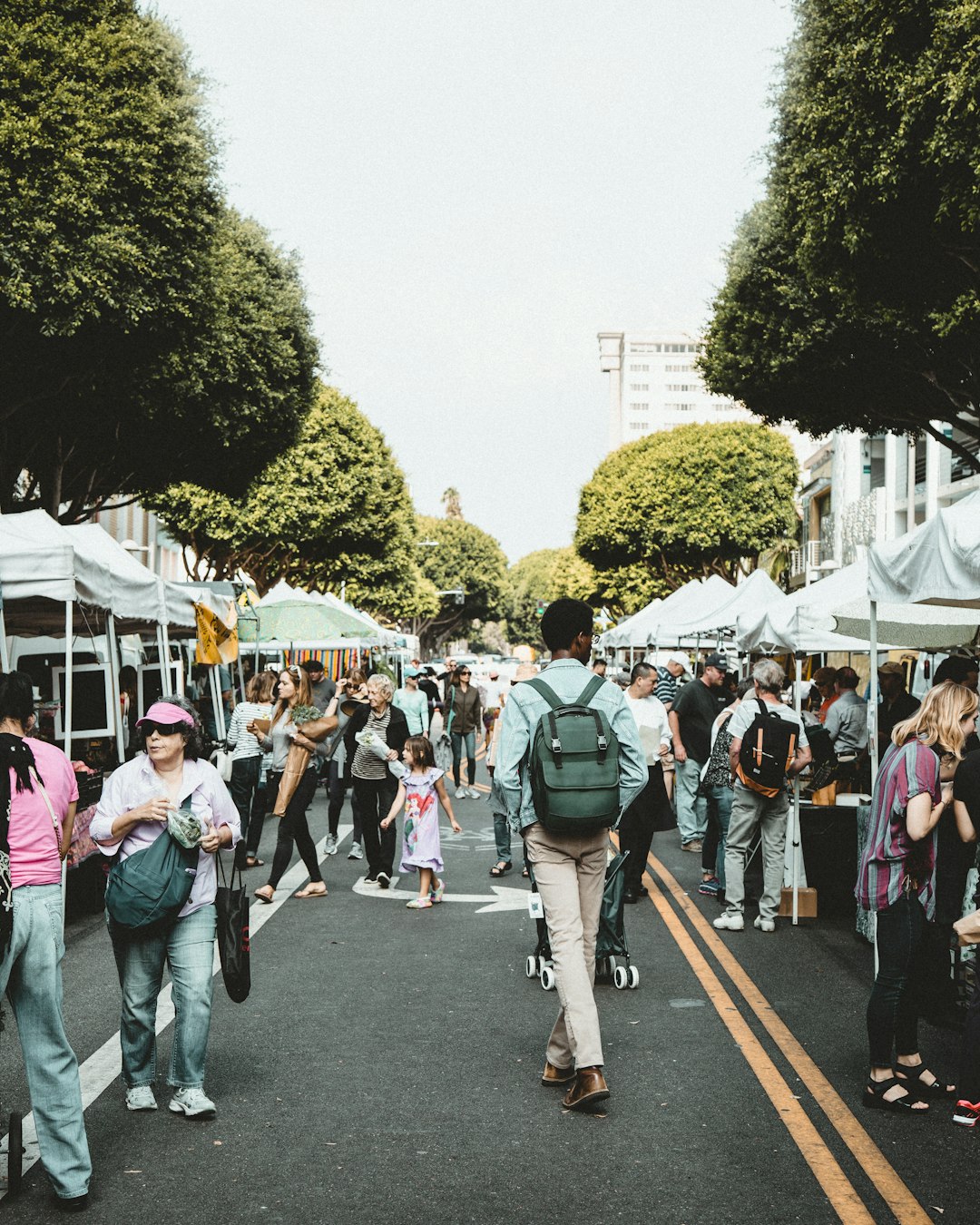
Curating Memorable OOH Disruptions:
-
Use already happening events as your playground
-
Consider the volume and placement of ads
-
Choose targeted high-traffic locations strategically
-
Incorporate social media sharing elements
One of the key advantages here is that disruptive OOH campaigns generate buzz and social media sharing, resulting in earned media… YOU’RE WELCOME! When people encounter something unexpected and engaging in their daily environment, they’re more likely to pause, interact, and share their experience online.
Keep the Wheel Turning
We can help with this part. Talk to a Wrapify account executive to explore ideas and plan your OOH activation today.


